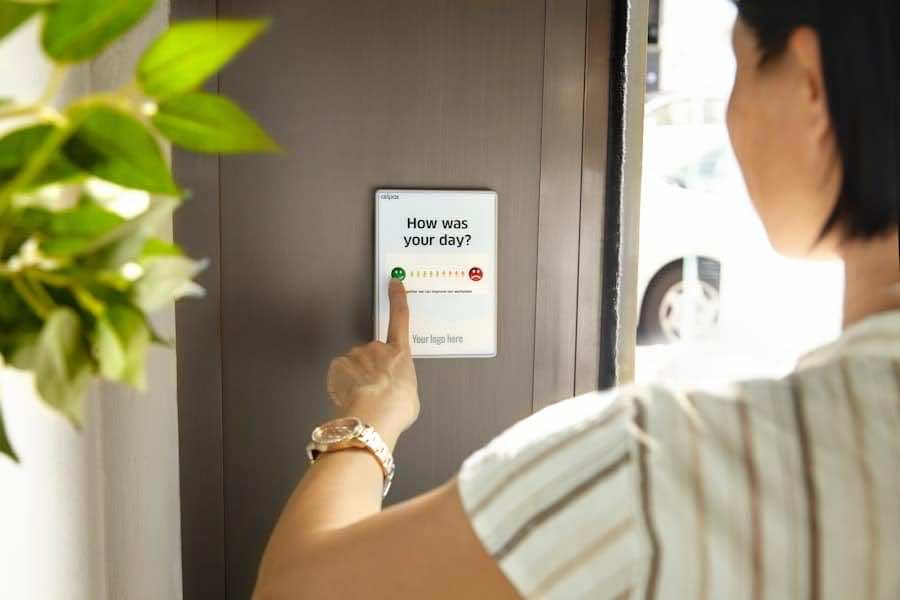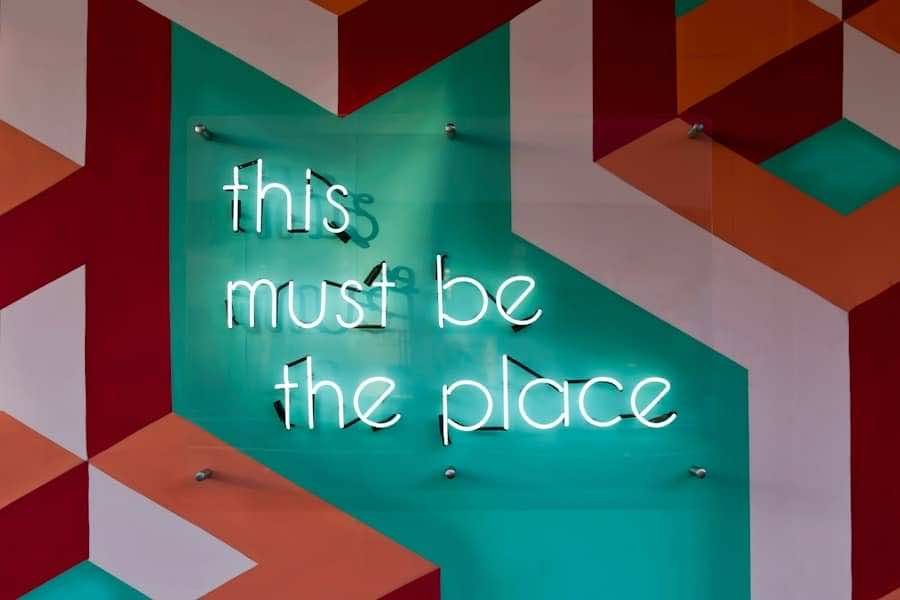Gamification, the application of game-design elements in non-game contexts, has emerged as a transformative approach within the realm of Human Resources (HR). This innovative strategy leverages the principles of game mechanics—such as point scoring, leaderboards, and challenges—to enhance employee engagement, motivation, and productivity. In an era where traditional HR practices often struggle to captivate a workforce increasingly accustomed to interactive and immersive experiences, gamification offers a refreshing alternative.
By integrating these game-like elements into various HR processes, organisations can create a more dynamic and engaging workplace culture. The concept of gamification is not merely about making work fun; it is rooted in behavioural psychology and aims to tap into intrinsic motivators. Employees are driven by a desire for achievement, recognition, and social interaction, all of which can be effectively harnessed through gamified systems.
As organisations seek to adapt to the changing landscape of work, understanding the nuances of gamification in HR becomes essential for fostering a motivated and high-performing workforce. This article delves into the multifaceted benefits of gamification, explores various techniques employed in HR, and examines real-world examples while addressing the challenges that may arise during implementation.
Summary
- Gamification in HR involves using game design elements to engage and motivate employees in various HR processes.
- The benefits of gamification in HR include increased employee engagement, improved learning and development, and enhanced performance management.
- Techniques for implementing gamification in HR include setting clear goals, providing instant feedback, and incorporating rewards and recognition.
- Examples of gamification in HR include using leaderboards for performance tracking, creating interactive training modules, and implementing gamified recruitment processes.
- Challenges in implementing gamification in HR include ensuring fairness, avoiding burnout, and addressing potential resistance from employees.
Benefits of Gamification in HR
The benefits of gamification in HR are manifold, significantly impacting employee engagement and overall organisational performance. One of the most notable advantages is the enhancement of motivation among employees. Traditional incentive structures often fail to resonate with modern workers who seek more than just monetary rewards.
Gamification introduces a system of rewards that can include badges, points, and levels, which not only recognise achievements but also foster a sense of progression. This approach aligns with the principles of self-determination theory, suggesting that when individuals feel competent and autonomous, their intrinsic motivation flourishes. Moreover, gamification can lead to improved learning and development outcomes.
By incorporating game-like elements into training programmes, organisations can create immersive learning experiences that encourage participation and retention of information. For instance, simulations and role-playing scenarios can be designed to mimic real-life challenges employees may face in their roles. This not only makes learning more enjoyable but also allows employees to practice skills in a safe environment, ultimately leading to better preparedness for actual job responsibilities.
The result is a workforce that is not only more knowledgeable but also more confident in their abilities.
Gamification Techniques in HR

Various techniques can be employed to effectively integrate gamification into HR practices. One common method is the use of leaderboards, which rank employees based on their performance in specific tasks or activities. This fosters a sense of competition and encourages individuals to strive for excellence.
For example, sales teams may utilise leaderboards to track sales figures or customer interactions, motivating team members to outperform their peers. However, it is crucial to ensure that such competitive elements do not lead to unhealthy rivalry; instead, they should promote collaboration and camaraderie among employees. Another effective technique is the implementation of challenges or quests that employees can undertake to earn rewards.
These challenges can be tailored to align with organisational goals or personal development objectives. For instance, an organisation might create a challenge where employees are encouraged to complete a series of training modules within a specified timeframe. Upon completion, participants could receive points or badges that contribute to their overall standing within the company’s gamified system.
This not only incentivises learning but also creates a sense of achievement as employees progress through various levels.
Examples of Gamification in HR
Numerous organisations have successfully implemented gamification strategies within their HR frameworks, showcasing its potential to drive engagement and performance. One prominent example is Deloitte, which introduced a gamified performance management system known as “Performance Management 2.0.” This system replaced traditional annual reviews with ongoing feedback and real-time performance tracking through an app that allows employees to set goals and receive instant feedback from peers and managers. The app incorporates elements such as badges for achievements and progress tracking, making the performance management process more engaging and less daunting for employees.
Another notable case is that of Cisco, which developed a gamified learning platform called “Cisco Learning Network.” This platform allows employees to engage in various training modules while earning points and badges for completing courses and participating in discussions. The competitive aspect encourages employees to take ownership of their learning journey while fostering a culture of continuous improvement within the organisation. Cisco’s approach not only enhances employee skills but also strengthens collaboration among team members as they share knowledge and support one another’s learning efforts.
Challenges and Considerations in Implementing Gamification in HR
While the benefits of gamification are compelling, organisations must also navigate several challenges when implementing these strategies within their HR practices. One significant concern is the potential for misalignment between gamified elements and organisational goals. If the game mechanics do not directly support the company’s objectives or values, they may lead to unintended consequences.
For instance, if a leaderboard focuses solely on sales figures without considering customer satisfaction metrics, employees may prioritise short-term gains over long-term relationships with clients. Additionally, there is the risk of alienating employees who may not respond positively to gamified systems. Not all individuals are motivated by competition or rewards; some may prefer intrinsic motivators such as personal growth or meaningful work.
Therefore, it is essential for organisations to adopt a tailored approach when designing gamification strategies, ensuring that they cater to diverse employee preferences and motivations. Conducting thorough assessments of employee needs and preferences can help mitigate these risks and create a more inclusive gamified environment.
How Gamification Improves Employee Engagement

Employee engagement is a critical factor influencing organisational success, and gamification has proven to be an effective tool for enhancing this engagement. By introducing game-like elements into everyday tasks and processes, organisations can create an environment where employees feel more connected to their work and colleagues. The interactive nature of gamification encourages participation and fosters a sense of community among team members.
When employees are actively engaged in their roles, they are more likely to contribute positively to the organisation’s culture and overall performance. Furthermore, gamification can facilitate better communication within teams. Many gamified systems incorporate social features that allow employees to share achievements, collaborate on challenges, and provide feedback to one another.
This not only strengthens relationships among colleagues but also promotes a culture of transparency and open communication. As employees celebrate each other’s successes through shared platforms, they develop a sense of belonging that enhances their commitment to the organisation’s goals.
Gamification and Performance Management in HR
The integration of gamification into performance management processes represents a significant shift from traditional methods that often rely on annual reviews and static evaluations. By adopting a more dynamic approach through gamified systems, organisations can create an ongoing dialogue between employees and managers regarding performance expectations and achievements. This continuous feedback loop allows for real-time adjustments and improvements, fostering a culture of accountability and growth.
Moreover, gamification can help demystify performance metrics for employees by presenting them in an engaging format. Instead of viewing performance data as mere numbers on a spreadsheet, employees can interact with visual representations of their progress through dashboards or apps that highlight key achievements and areas for improvement. This not only makes performance management more accessible but also empowers employees to take ownership of their development journey by setting personal goals aligned with organisational objectives.
The Future of Gamification in HR
As technology continues to evolve, the future of gamification in HR appears promising yet complex. Advancements in artificial intelligence (AI) and data analytics will likely play a pivotal role in shaping how organisations implement gamified systems. For instance, AI-driven platforms could analyse employee behaviour patterns to tailor gamification strategies that resonate with individual preferences and motivations.
This level of personalisation could enhance engagement further by ensuring that each employee feels valued and understood within the organisation. Additionally, as remote work becomes increasingly prevalent, gamification may serve as a vital tool for maintaining employee engagement across dispersed teams. Virtual environments can replicate the social interactions typically found in physical workplaces through gamified experiences that encourage collaboration and connection among remote workers.
By harnessing technology to create immersive experiences that bridge geographical gaps, organisations can foster a cohesive culture that transcends traditional boundaries. In conclusion, while challenges remain in implementing gamification effectively within HR practices, its potential benefits are undeniable. As organisations continue to explore innovative ways to engage their workforce, gamification stands out as a powerful strategy capable of transforming employee experiences and driving organisational success.
Gamification in HR is a strategy that many companies are adopting to improve employee engagement and performance. According to a recent article on Business Case Studies, one of the key challenges in implementing gamification in HR is during the onboarding process. This article highlights the top 4 problems that can arise during onboarding and offers solutions to overcome them. By addressing these issues, companies can ensure a smooth transition for new employees and maximise the benefits of gamification in HR.
FAQs
What is gamification in HR?
Gamification in HR is the use of game design elements and principles in a non-game context, such as the workplace, to engage employees, motivate them, and improve their performance.
How is gamification used in HR?
Gamification in HR can be used in various ways, such as in recruitment, onboarding, training, performance management, and employee engagement. It involves incorporating game-like elements such as points, badges, leaderboards, and rewards into HR processes.
What are the benefits of gamification in HR?
The benefits of gamification in HR include increased employee engagement, motivation, and productivity, as well as improved learning and development outcomes. It can also help in attracting and retaining talent, and creating a positive and fun work environment.
What are some examples of gamification in HR?
Examples of gamification in HR include using gamified assessments in the recruitment process, incorporating game elements into employee training and development programs, and implementing gamified performance management systems to track and reward employee progress.
What are the potential challenges of implementing gamification in HR?
Challenges of implementing gamification in HR may include resistance from employees who are not familiar with gamified systems, the need for clear communication and training on how to use gamified tools, and the potential for gamification to become a distraction if not implemented effectively.
